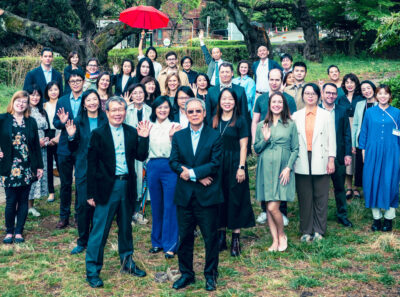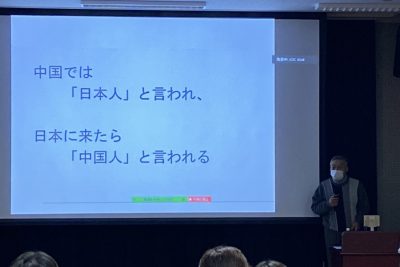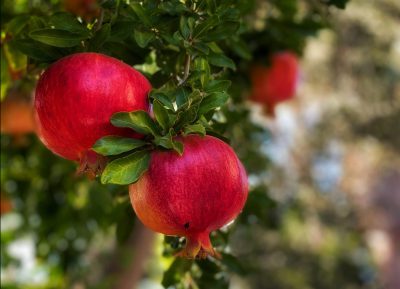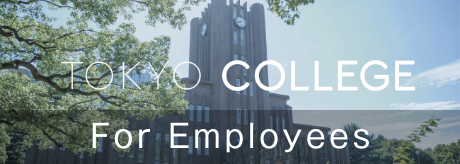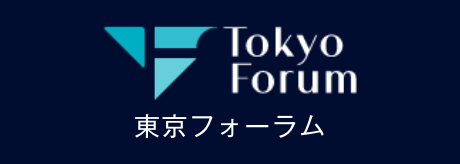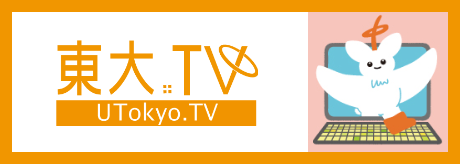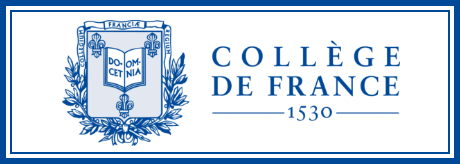A Life Between Japan and the United States—My Encounter with Japanese Literature and the State of the Field
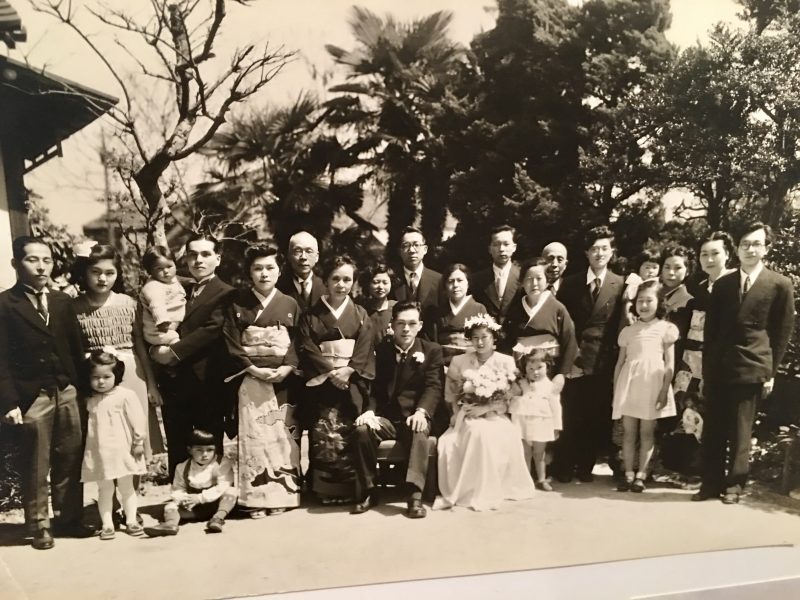
I am going to talk today about my relationship to Japan and Japanese literature. The talk will have two parts. The first part will deal with some key experiences related to my encounter with Japanese literature. The second part focuses on my views of the present and future of the field of Japanese literature.
I was born in 1951 in Tokyo, went to the United States when I was one, and grew up on the east coast, in Pennsylvania and New York, and did not learn Japanese until my junior year in college.
My father met my mother in Komaba, in Tokyo while staying as a University of Tokyo student in a borrowed room. After the war, most of Komaba had been destroyed by the Tokyo fire-bombing, but my mother’s house, which was quite spacious, survived, and in order to avoid having the GHQ confiscate the house for the military occupation, they filled all the rooms with students and other boarders. My father and his best friend (K-san), another student from the University of Tokyo in the same house, both fell in love with my mother, the youngest daughter. One day when my father was sent some photos for an arranged marriage, my mother decided to propose to my father and they got married. I asked my mother why she had such a sad face in the wedding photo, and she said that she felt very bad for K-san, for whom it was a sad day. The homestay situation was like that in Natsume Soseki’s Kokoro but with a happier outcome. My father and K-san remained friends until the end.
My father’s field was aeronautical engineering, but after WWII, building airplanes was banned, and my father shifted to solid state physics, became an assistant professor at Tokyo Kōgyō Daigaku (Tokyo Institute of Technology), and decided to go to Pennsylvania State University where the leading physicist was doing research. It took him three weeks to get there on a shipping vessel that went through the Panama Canal. My mother and I followed in a cargo ship that took her to San Francisco where she boarded a train for Chicago. When I was in kindergarten, the teacher told my mother to speak English at home since my verbal ability was very bad. I grew up in Pennsylvania and New York where there were almost no Japanese or Asians nearby. My family made one trip to Japan when I was in elementary school (this time on a propeller airplane) and I remember telling my younger brother not to speak in English since everyone would stare at us. My father was invited to return to the University of Tokyo as a professor when I was in middle school, but he decided to stay in the United States: one of the reasons was that my brother and I were already Americans and would not do well in Japan with no Japanese.
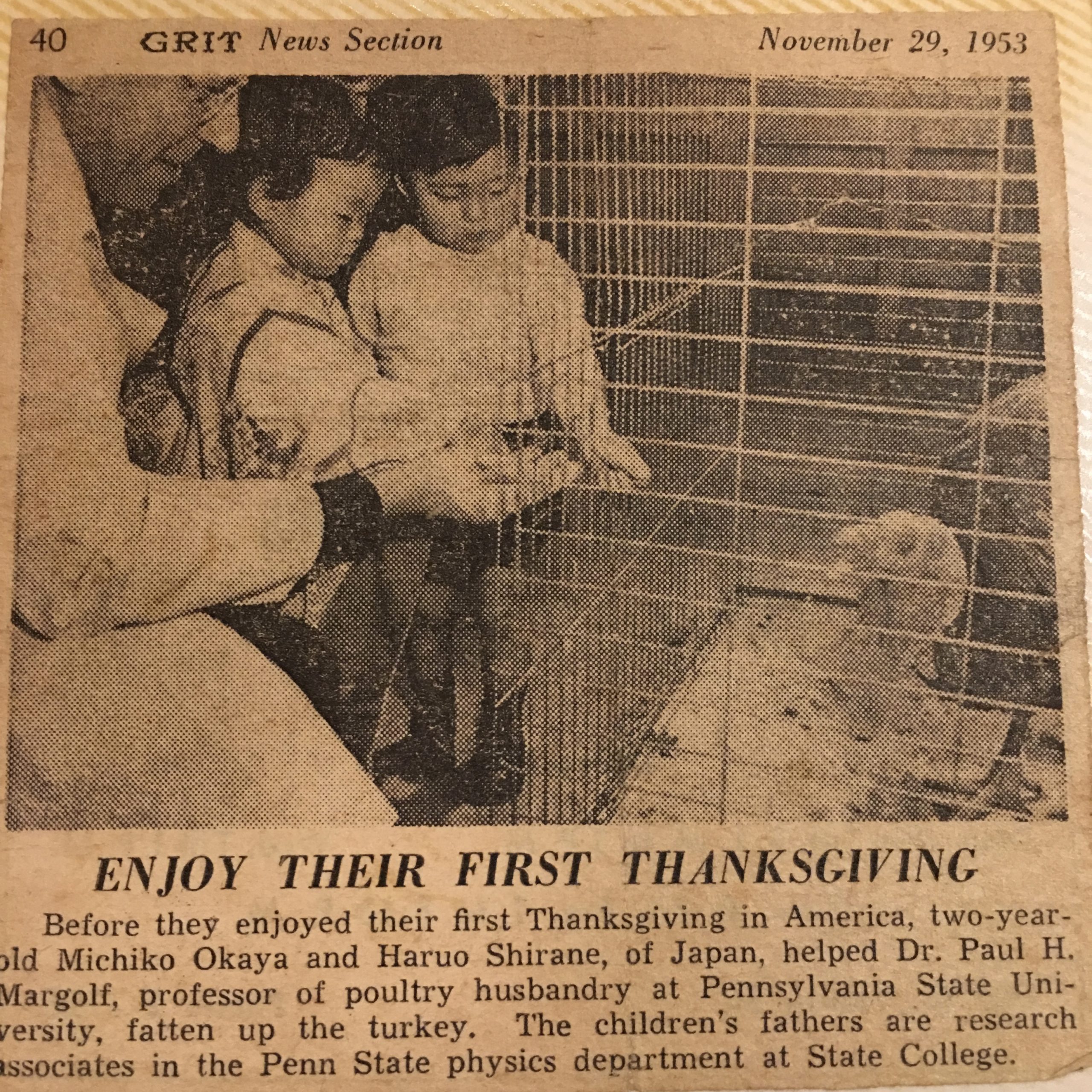
Growing up in Long Island, I was occasionally called by young children “chink,” which is a derogatory word for Chinese, but my first major encounter with the issue of race was during an election for high school president, where my opponent (an Italian-American) called me Ho Chi Minh (d. 1969), the revolutionary leader of Vietnam and the number one enemy of the United States government during the height of the Vietnam War. My opponent’s supporters used some mafia-type tactics and I lost by a landslide. Decades later, I visited his bar and we had a very nice chat about Matsui Hideki, who was a Yankee at the time.
The Vietnam War, which continued until 1975, deeply influenced my view of East Asia. I thought the Vietnam War was a racist war, and I was serious anti-war protester in my first years in college. The anti-war movement intersected with hippie culture, which was an anti-establishment movement that sought an alternative existence in communes and a return to nature. Hippie culture reached its peak in 1969 (with the Woodstock music festival), the same year that I graduated from high school. Spiritually, a number of hippie culture leaders found a non-western alternative in Zen Buddhism, which had been introduced by Suzuki Daisetsu and others. One of my favorite American poets in college was Gary Snyder, who had gone to Kyoto together with a number of other western scholars to study Zen Buddhism. A large number of American students studying Japanese culture at the time were interested in Japanese religion, particularly Zen Buddhism. There was also a surge of American and hippie culture interest in haiku (the Haiku Society of American was founded in 1968) at this time, with haiku often seen through the eyes of Zen Buddhism. Many years later, in my book on Basho, I tried to disentangle this strong link between haiku and Zen Buddhism.
I didn’t get seriously interested in Japanese literature until I went abroad to England, to London, to study English literature and art history, in my junior year in college, in 1972-73. At the time, there were very few Japanese in London, but students and professors were interested in modern Japanese literature. Kawabata Yasunari received the Nobel Prize for literature in 1968, and a number of his works, as well as those of Tanizaki Junichirō and Mishima Yukio, had been translated into English. (Edward Seidensticker translated Snow Country in 1956.) Mishima Yukio, whose novels had also been translated, had just committed suicide in 1970, and young people were curious about this.
I was embarrassed that I knew almost nothing about these writers or about Japan, and decided then that I would learn Japanese and find out something about the place where I had been born. I was interested and inspired by the novels of Virginia Woolf, who lived in Bloomsbury, near the university, and who had been friends with Arthur Waley who had translated The Tale of Genji during the 1930s. Later, I would read Natsume Soseki’s London diary in which he describes passing by a store, seeing the reflection of a monkey in the mirror, and realizing that it was him. I did not experience his degree of alienation, but I became very conscious of appearing Japanese and not knowing the language.
At Columbia, in 1972-74, I became totally absorbed in learning Japanese and I loved my Japanese teachers (Mary Hue and Shirato Ichiro sensei). In third-year Japanese we used Howard Hibbett and Itasaka Gen’s reader (Modern Japanese, A Basic reader, Nihon gendaibun tokuhon), which included an excerpt from the opening of Tanizaki Junichiro’s “Yume no ukihashi” (Floating Bridge of Dreams). It was the first time that I read Japanese literature in the original, and I thought it was one of the most beautiful things that I had ever read. What was NOT said was as important as what was said. I also took an exciting course in Japanese literature from Donald Keene, who was writing his history of Japanese literature. He was a very good lecturer and spoke with no notes.
I wrote my senior thesis on the US internment camps during World War II for Japanese Americans. I still didn’t have enough Japanese to read much in the original. After graduation, I went to a Japanese language school in Tokyo. I had a difficult time since I looked like a Japanese person, had a Japanese name, but my Japanese was not very good. My American friends would always be complemented for their Japanese, but never me. I became close with my aunt (my mother’s eldest sister), who was a Catholic nun and the president of Seisen joshi daigaku (Seisen University). She introduced me to a Christian dorm in Shin-Okubo. There I met Japanese students for the first time and made friends. The next year I worked at the Japan Foundation, while auditing courses at Komaba in the comparative literature department. I met Tomi Suzuki in a class taught by Saeki Shōichi where we read some noh plays. The foreign students at Komaba were mainly from Europe and North America; at the time, there were only one or two Korean students. Later, when I had a chance to publish an article in Japanese on Arishima Takeo and American literature, I decided I didn’t want to be mistaken for a Japanese. I erased the kanji from my name and used only katakana.
My first interest was in modern literature, especially the novel, and I was planning on studying Natsume Soseki. I applied to Yale University, where Edwin McClellan was an expert on Soseki, but at the last minute I changed my mind and decided to go to the University of Michigan, where Edward Seidensticker was teaching the Tale of Genji. I wanted to do both modern and classical Japanese literature, but something told me that I should do classical literature first. This turned out to be the right decision.
I arrived at Michigan in September of 1976, and Seidensticker’s translation of the Genji (the first since Waley) came out just a few weeks later. I remember opening these boxes of books with beautiful lavender (Murasaki) color covers. The appearance of the Seidensticker translation started a The Tale of Genji boom in the West, and a number of studies came out in the following years, including my first book. One reason that I ended up editing so many volumes of translations, from ancient through early modern literature, is because without translation there is little interest in or study of Japanese literature outside of Japan.
The Tale of Genji has few subject markers, complex honorifics, ambiguous conjunctive particles, making it very difficult to read. Seidensticker used the old Iwanami koten bungaku taikei version in his seminar without any other commentaries, so we had endless discussions on how to read and interpret each sentence. Seidensticker’s interest was in Murasaki Shikibu’s generation of character and interiority through landscape and poetry (waka). This became one of my starting points for the study of the Tale of Genji.
I arrived at Hongo, at the University of Tokyo, in the fall of 1979, and I was fortunate to have Nagashima Hiroaki (an advanced PhD student) as a tutor and I attended Akiyama Ken’s seminar on The Tale of Genji. I don’t think that Akiyama sensei thought I was a good student, but he was very nice to me when my book came out in Japanese.
The main turning point in my career was when I was invited back to Columbia University to be an assistant professor. This gave me the opportunity to teach classical Japanese and train PhD students in premodern Japanese literature. The first thing that I developed was a classical Japanese grammar, which was published later as Classical Japanese, A Grammar (2005). It has probably sold more copies than any of my other books. At the beginning of my bungo (classical Japanese) class, I tell the students that not only will they learn bungo, their modern Japanese will be much stronger. It will be the first time they understand how the language works structurally and the first time that they will understand how Japanese has changed from period to period and from genre to genre. Classical Japanese, A Grammar assumes minimal knowledge of modern Japanese. Students normally spend four to five years studying modern Japanese before learning classical Japanese. But the distance from the non-native speaker to modern Japanese and to classical Japanese is the same. Those who study ancient Greek do not study modern Greek first. Instead, they go directly to classical Greek and use an English-Classical Greek dictionary. I have been working on such a dictionary for the last fifteen years. With the help of many graduate students, including four graduate students at the University of Tokyo, we have just reached 12,000 words and are preparing for the first digital dictionary, which should increase learning speed for non-natives by four or five times.


